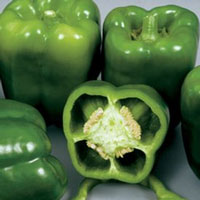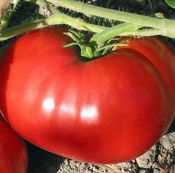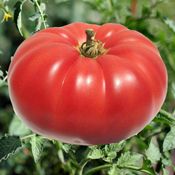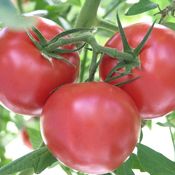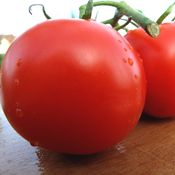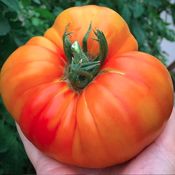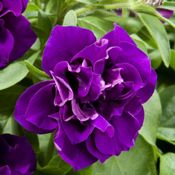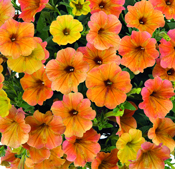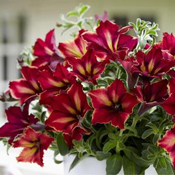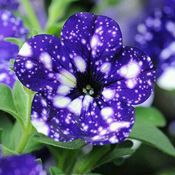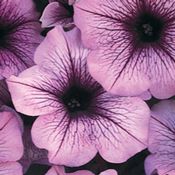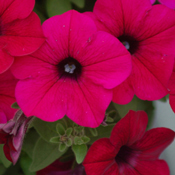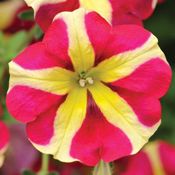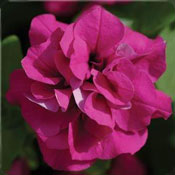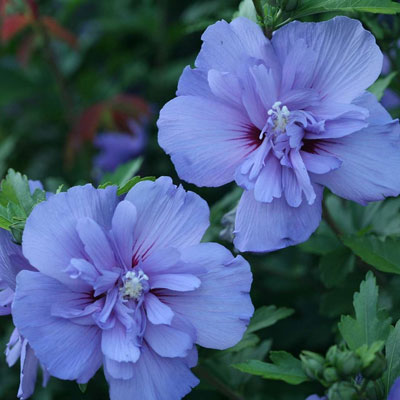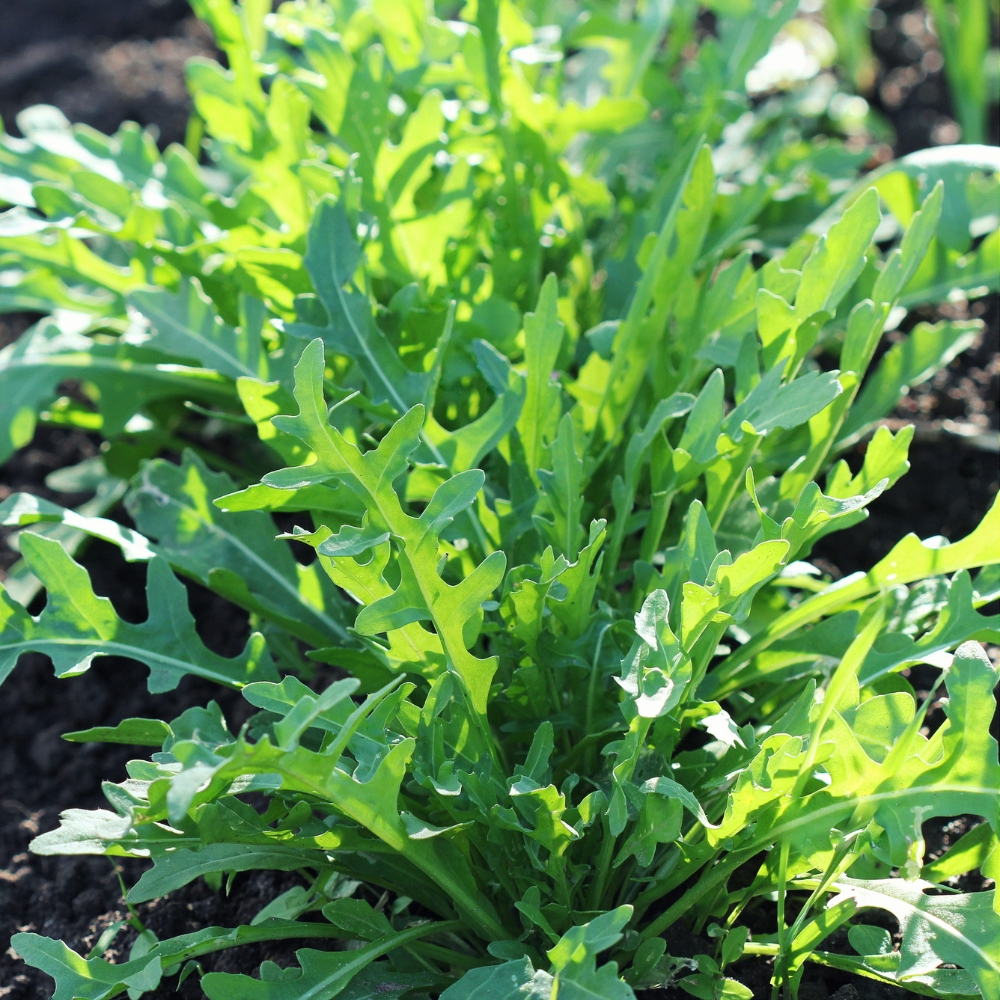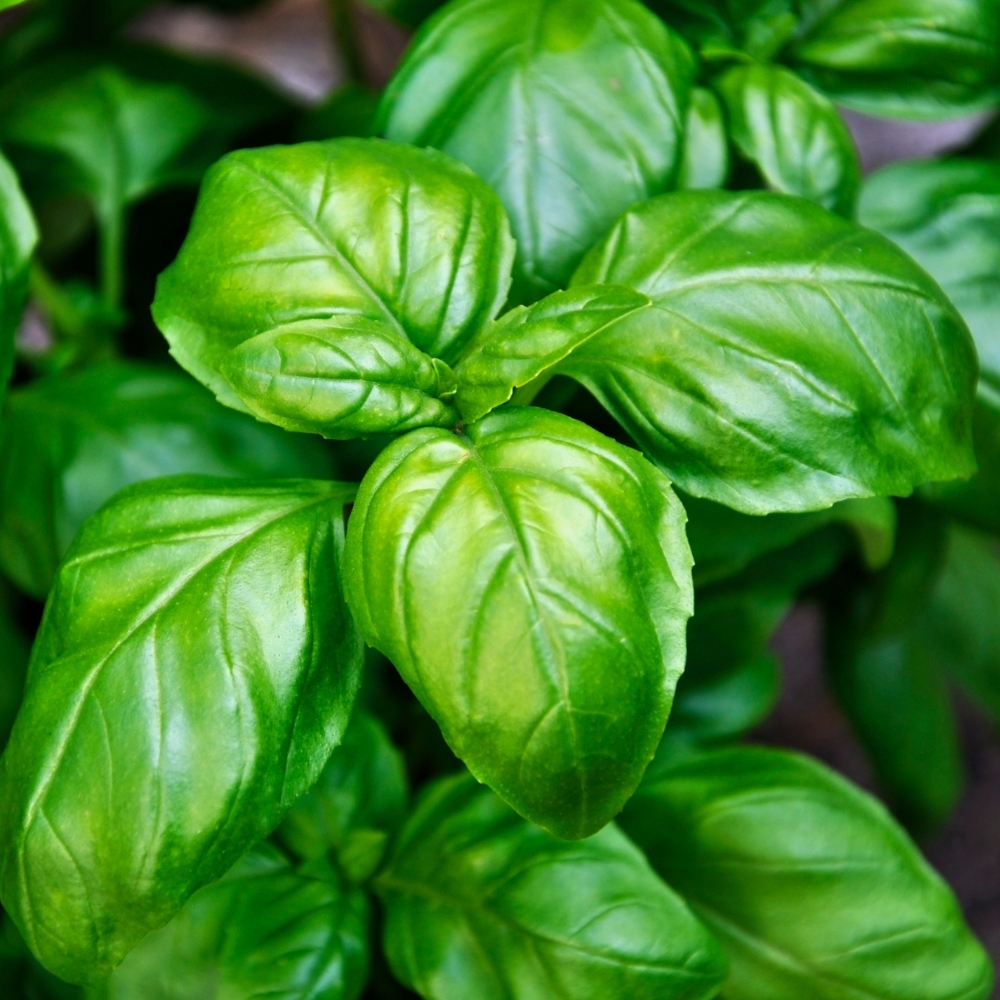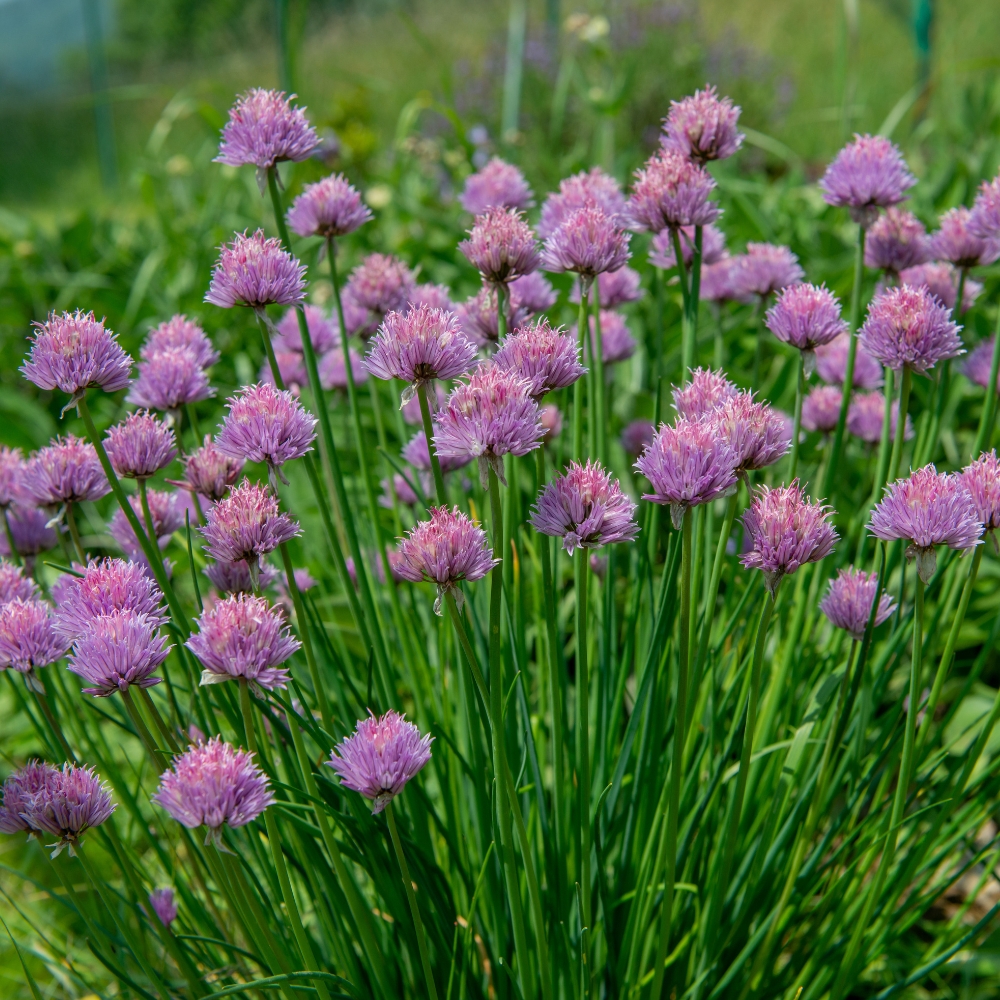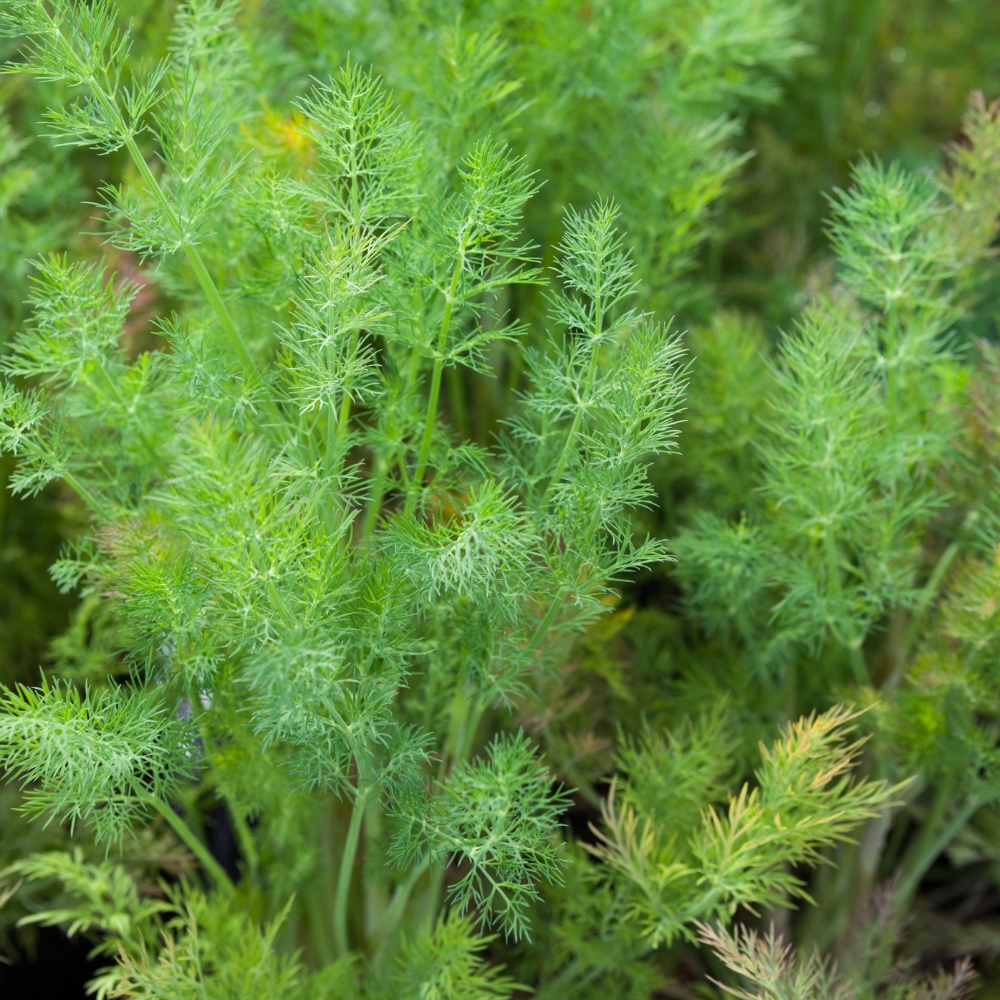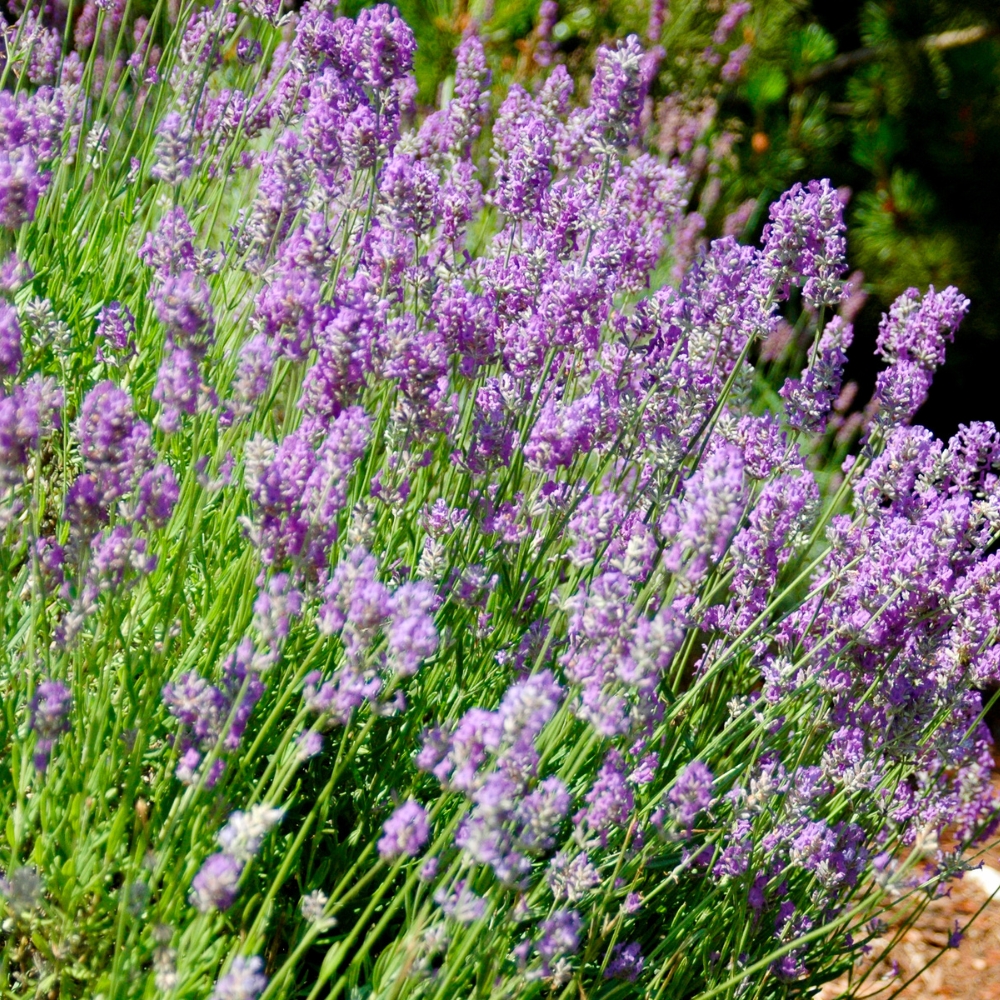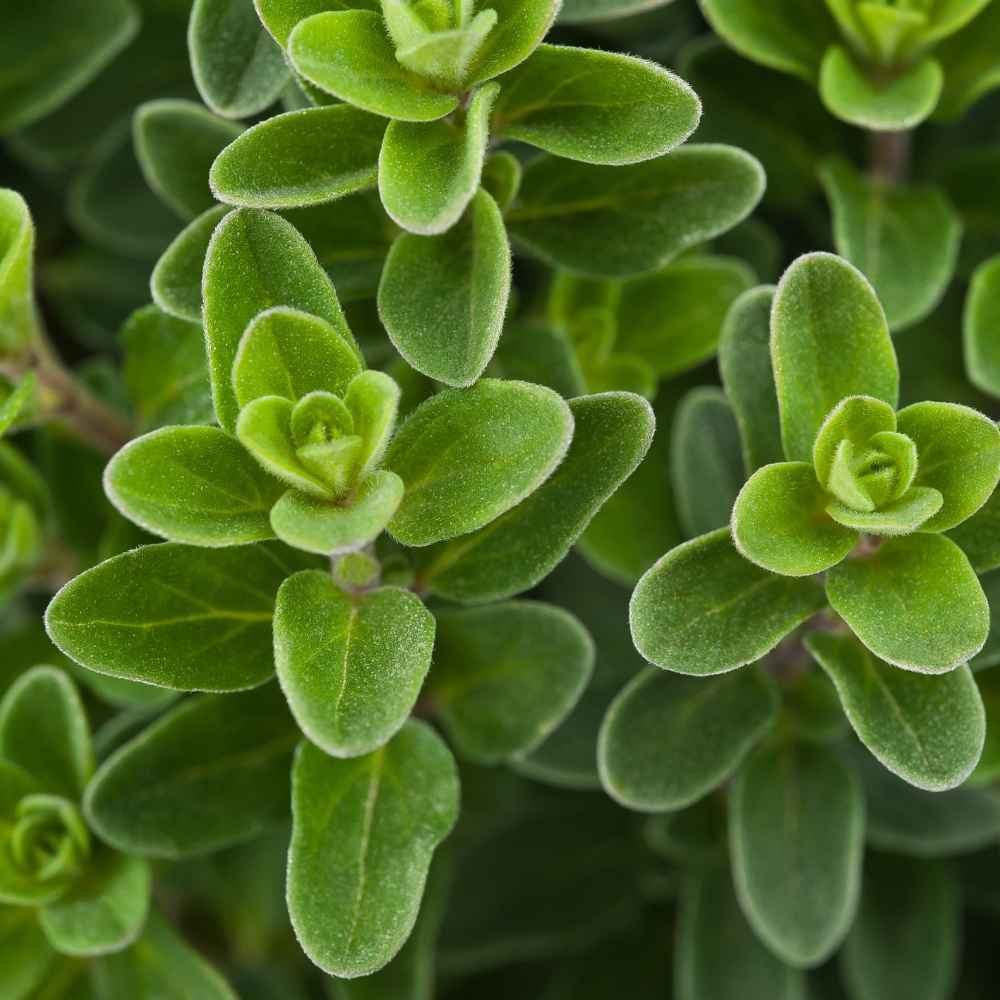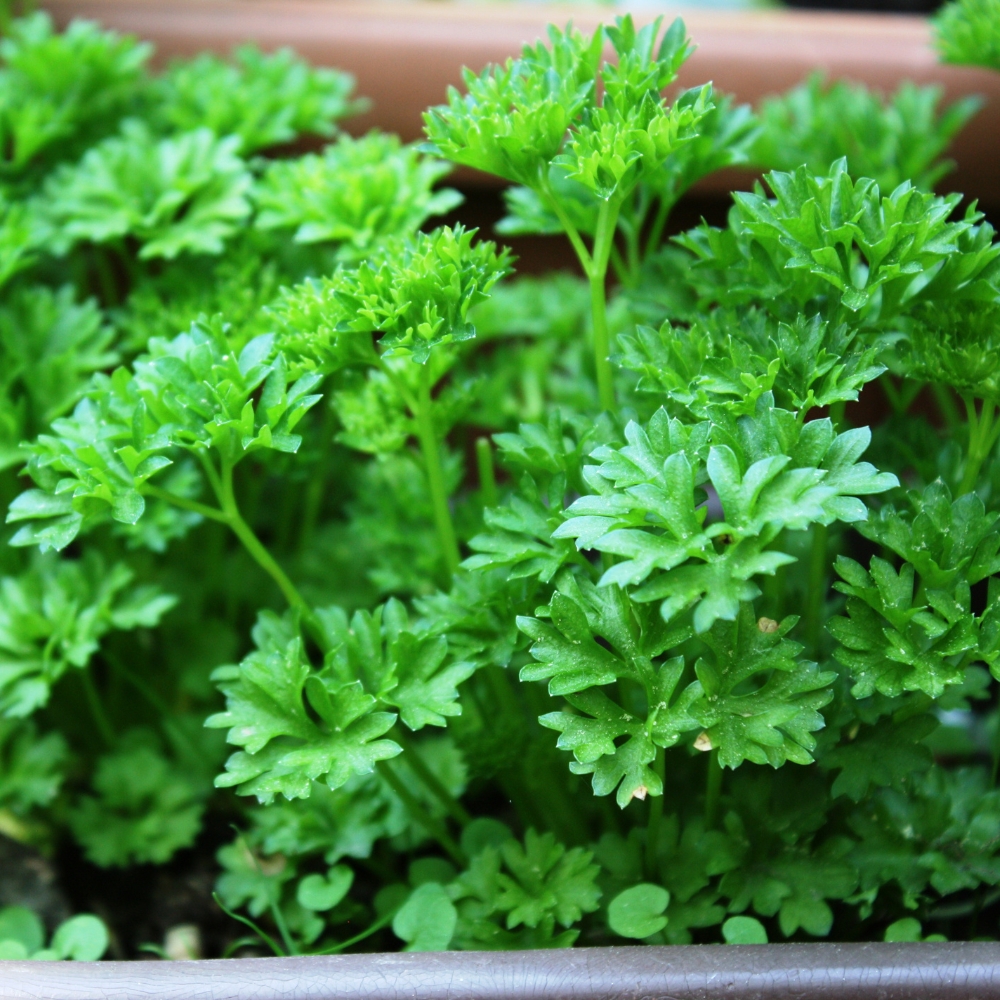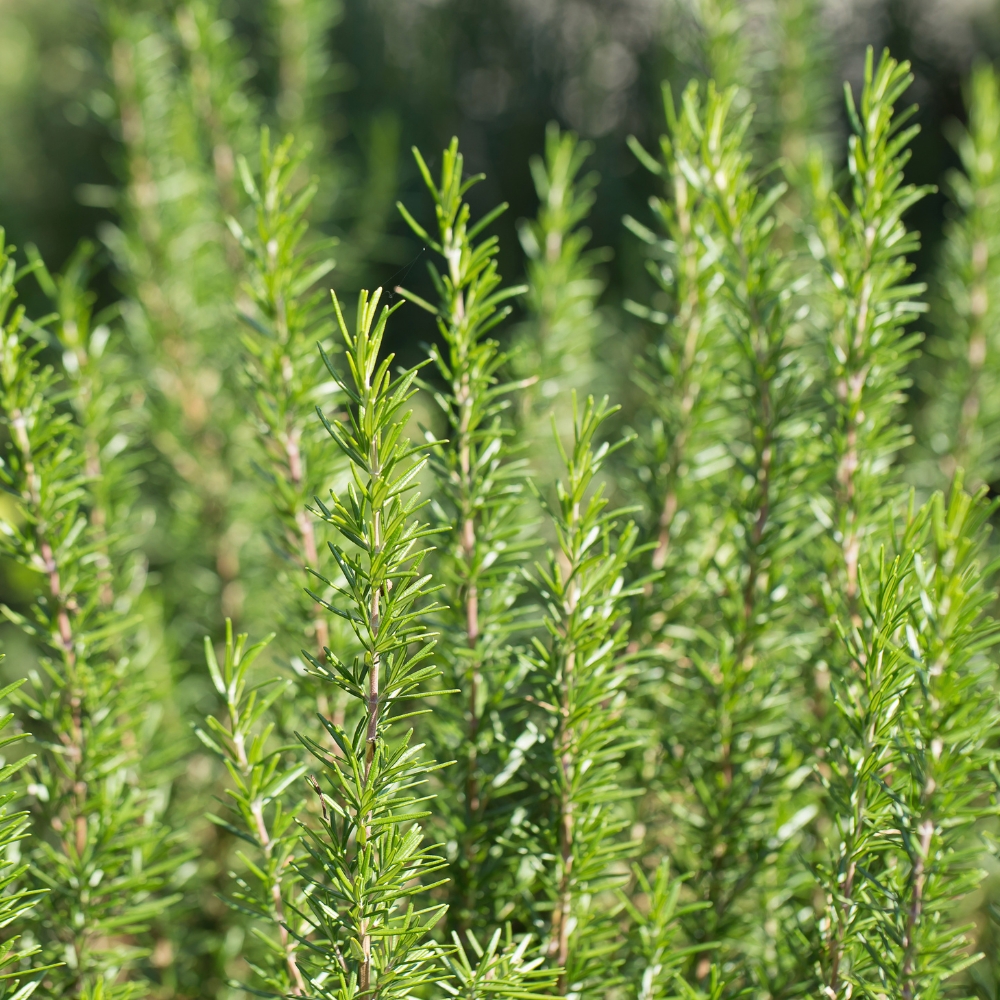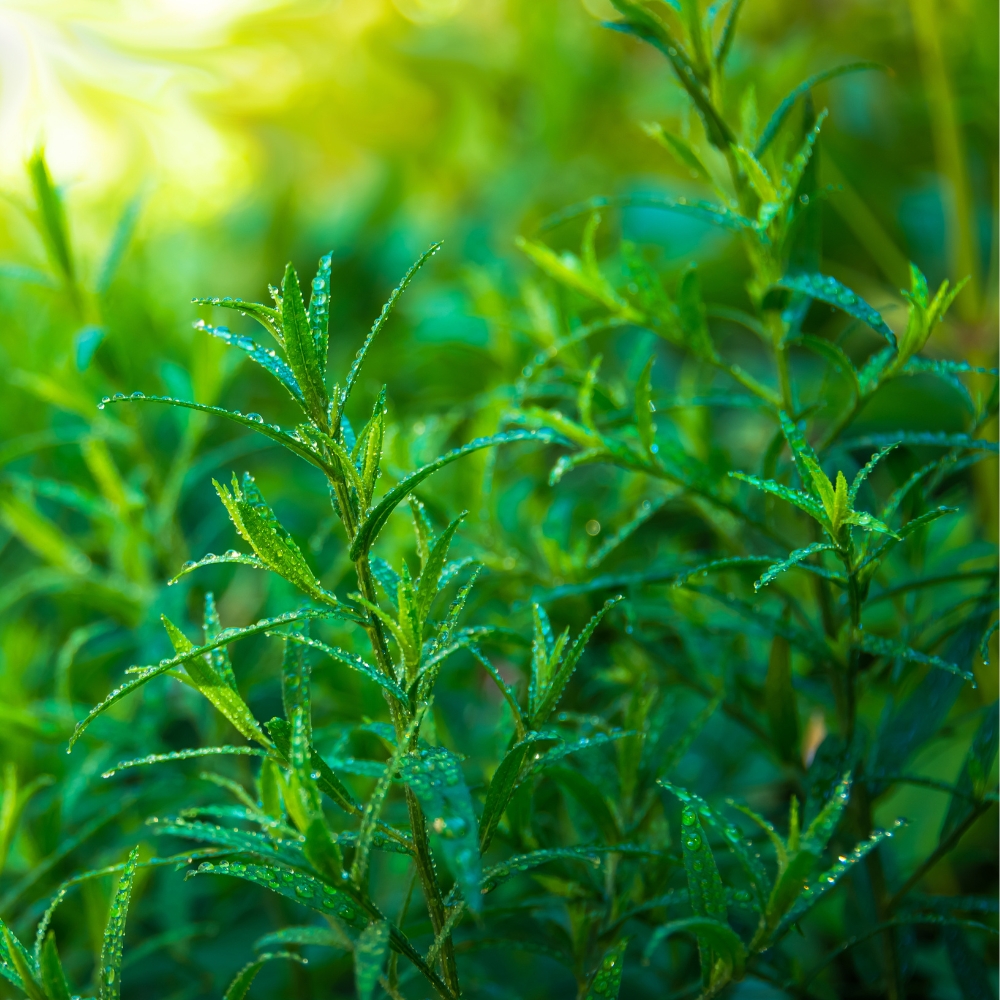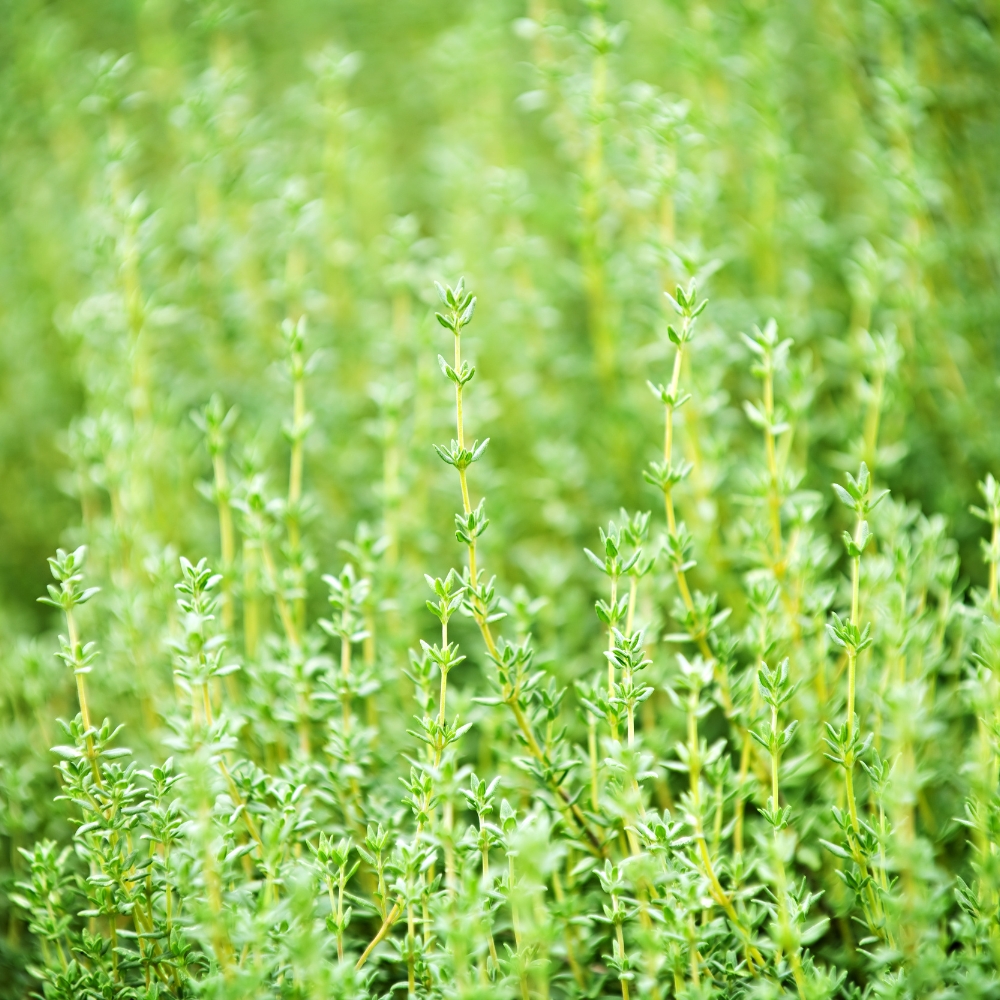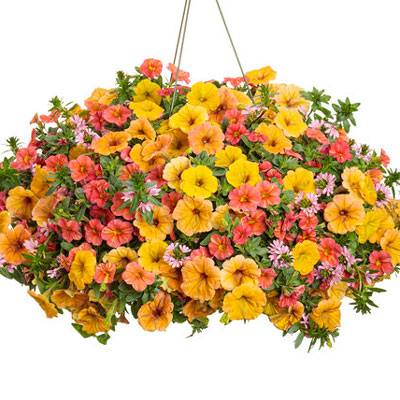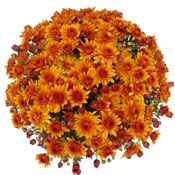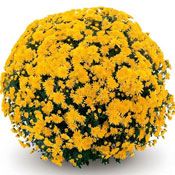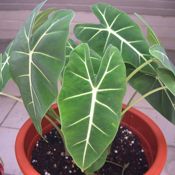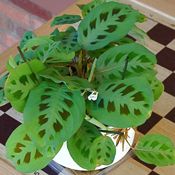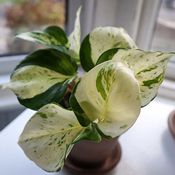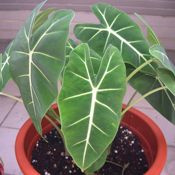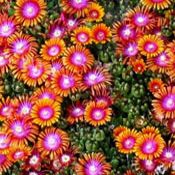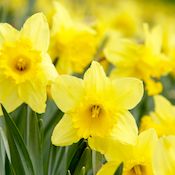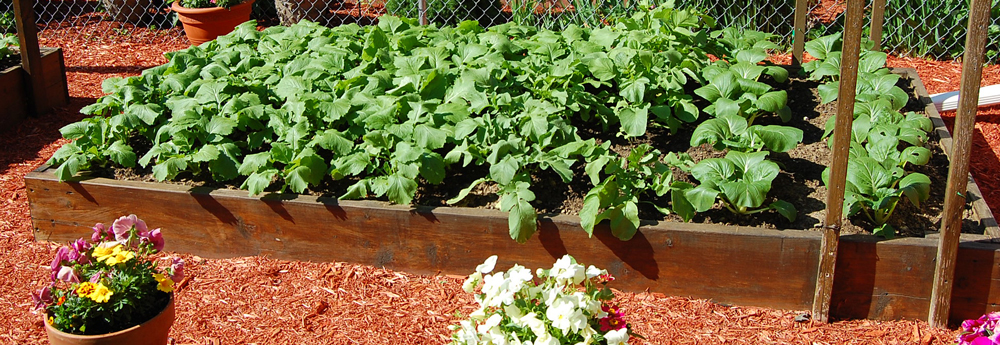
It’s time…to get your gardening hat on and start planning your spring vegetable garden, if you haven’t already done so. As prices continue to rise, home vegetable gardens and backyard chicken coops are also on the rise. So, if you are new to gardening, welcome! If you are an experienced gardener, welcome!
The first thing I’d like to suggest is that you start a garden journal. Many experienced gardeners already know the value of having a gardening journal, while some are still on the fence about its worth.
First, a gardening journal does not have to be expensive. It can be as simple as using a 1” binder and ruled paper. You can, if you wish, purchase one that can be as detailed or as simple as you prefer.
Secondly, this journal will serve as a guide to each season’s vegetable garden. You can include the diagram you have used to plan your garden (ideal for rotating the placement of your vegetables to avoid depleting nutrients in one spot), the varieties you have planted, the results for each variety of vegetable plant, if you had any problems with disease or pests and the steps you took to solve the problem, what worked and what didn’t, and even the weather that year. Keeping track of these things will help you to choose the varieties for next season’s vegetable garden, how you’ve rotated your crops, the results with new varieties you’ve tried…you can even include photos! Whatever you think is valuable information for you, or even for your descendants (yes, people do pass these along to their families, sometimes for generations).
Let’s Get Gardening!
Planning—if you have not already done so, you need to plan your garden.
- Measure your vegetable garden plot and decide which vegetables you’d like to plant; keep it simple-tomatoes, peppers, watermelon, etc.
- Determine Spacing requirements for each type of vegetable you want to grow. Most of them, regardless of the specific variety, will be the same, i.e. bell pepper plants will usually require 16-inch spacing between each plant and lettuce will average 10-inches between each plant. Knowing the spacing will enable you to more accurately determine the number of vegetable plants that will fit in your garden plot and may even ensure that you do not have too many to fit, which can also save you money.
- Draw It! This is where a simple diagram can come in handy. It doesn’t have to be to scale, though I’ve found that using colored pencils greatly enhances the ability to visualize your garden space. At this point you will know if your garden space is adequate, too big, or too small…and make your adjustments as necessary.
- Soil Assessment is a necessary step to having a great harvest.
- pH Tester is one of the most valuable tools to have. Your soil pH should be between 6.0 and 7.0. This pH will result in the best growth, healthier plants, and a more bountiful harvest. pH can change year to year, so all gardeners should test the garden soil pH before planting.
- Soil Condition. If this is your first garden, you will want to assess the condition of your soil. Is it clay or is it sandy? Both of those conditions can affect water retention and root growth. If amendments are necessary, then this is the time to add them, working them into the first 6-inches of your garden soil. For more information on how to make your garden soil the best it can be, click HERE.
- Nutrients are important. All vegetable plants require a healthy, nutrition-rich soil. You can buy an inexpensive soil nutrient tester, or take a sample of your soil to your local extension office. Then amend your soil with nutrient-rich organic material, such as rotted cow manure, compost, peat moss, dried leaves or grass, and cottonseed meal.
Planting—depending upon your USDA Hardiness Zone, you may be starting seeds indoors or direct sowing into your vegetable garden. For a comprehensive list of March gardening tasks by zone and springtime readiness tips click HERE.
Pre-Order Vegetable Plants—You have choices. You can…
- Start seeds indoors and transplant when the time is right (Zones 1-7)
- Direct-sow seeds right into the garden (Zones 8-11).
- Start shopping now, preordering your vegetable starter plants, which will already have an established, healthy root system and will result in an earlier harvest. Preordering means that you are guaranteed to receive the varieties you choose and may save money. Preordered vegetable plants will be shipped at the ideal time for planting in your area. See our Spring Shipping Schedule to determine when you should have your garden ready for your vegetable starter plants.
Plant cool-season vegetable seeds when the springtime soil temperature is consistently 60°F or above and the fall temperatures fall consistently below 75°F.
- Cole Crop Vegetable Plants: lettuce, spinach, cauliflower, broccoli, kale, collard greens, cabbage, and Brussels sprouts.
- Root Vegetable Plants: carrots, radishes, beets, and potatoes.
- Leafy Vegetable Plants: celery, arugula, beet greens, bok choy, dandelion greens, mustard greens, Swiss chard, turnip greens, and watercress.
- Allium Vegetable Plants: onions, shallots, spring onions, chives, and garlic (plant in the fall).
- Herbs
- Asparagus is in a class all by itself. It is best to use starter plants to grow asparagus. Once well-established, you will want to harvest in the spring when the shoots are tender.
Companion Planting is the practice of planting different plants in close proximity that will enhance growth and flavor, or that will provide protection from damaging pests.
Vegetable Plants
- Tomatoes—Interplant Basil to deter egg-laying moths for tomato hornworms and armyworms. Basil will also attract bees, which improves pollination for all of your vegetables.
- Potatoes, Lettuce, and Cabbage—Plant garlic between rows of potatoes or next to lettuces and cabbages. Garlic will deter aphids, mites, nematodes, ticks, caterpillars, slugs, and beetles.
- Brassicas (broccoli, cabbage, kale)—Plant nasturtiums as a trap crop to attract caterpillars that may otherwise attack your brassica vegetables. Sage can be planted around cabbages to deter cabbage moths.
- Carrots—Sage planted near carrots will repel carrot flies.
Helpful Companion Plants
- Tansy—Plant Tansy in planters throughout your garden as it can be invasive. Tansy is a perennial with amazing benefits and its umbels of dainty yellow blossoms and fern-like leaves are attractive. Tansy will repel cutworms, which will attack your tomatoes, potatoes, asparagus, cabbages, beans, carrots, peppers, peas, corn, lettuces and celery. Tansy also attracts pest-gobbling bugs like predatory wasps, ladybugs, and ladybirds (ladybirds are at least twice the size of ladybugs).
- Sunflowers—Plant sunflowers with your climbing vegetables, such as cucumbers and pole beans (melons will be too heavy) to provide support for climbing plants, as well as shade for those vegetables that can be sun-sensitive.
- French Marigolds—French Marigolds will attract predatory insects that will eat vegetable plant-munching pests. You can look for ladybugs, hoverflies, lacewings, and parasitic mini-wasps. They will also attract pollinators, which are a huge benefit to your vegetable garden. F. Marigolds produce a compound in their roots that is a nematicide (kills nematodes), although there are many types of nematodes and only certain French Marigolds will kill certain nematodes. They can be directly sown into the garden, and though not a perennial, they will reseed every season. They are attractive and make an exceptional border around your vegetable garden and are also quite beneficial when interspersed with your garden vegetable plants.
- Three Sisters—Native Americans have been planting the Three Sisters for eons. This is the planting of corn, beans, and squash together, often on hills created in your garden. The corn provides a structure on which the beans can grow, the beans fix nitrogen in the soil for the squash, and the squash vines fan out to suppress weed growth and shade the soil.
Many organizations and even private citizens are growing community gardens. This involves everyone’s commitment when it comes to planning, starting seeds indoors or purchasing starter plants, working the soil, purchasing amendments and plants, weeding, feeding, watering, and harvesting.
We would love for you to join our gardening community on Facebook. While there, we invite you to join GrowJoy’s Garden Club. You can share your gardening experiences, things you have learned, ideas for trellises etc., ask questions and add photos.
We look forward to seeing you soon!

















































































